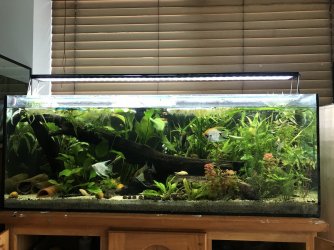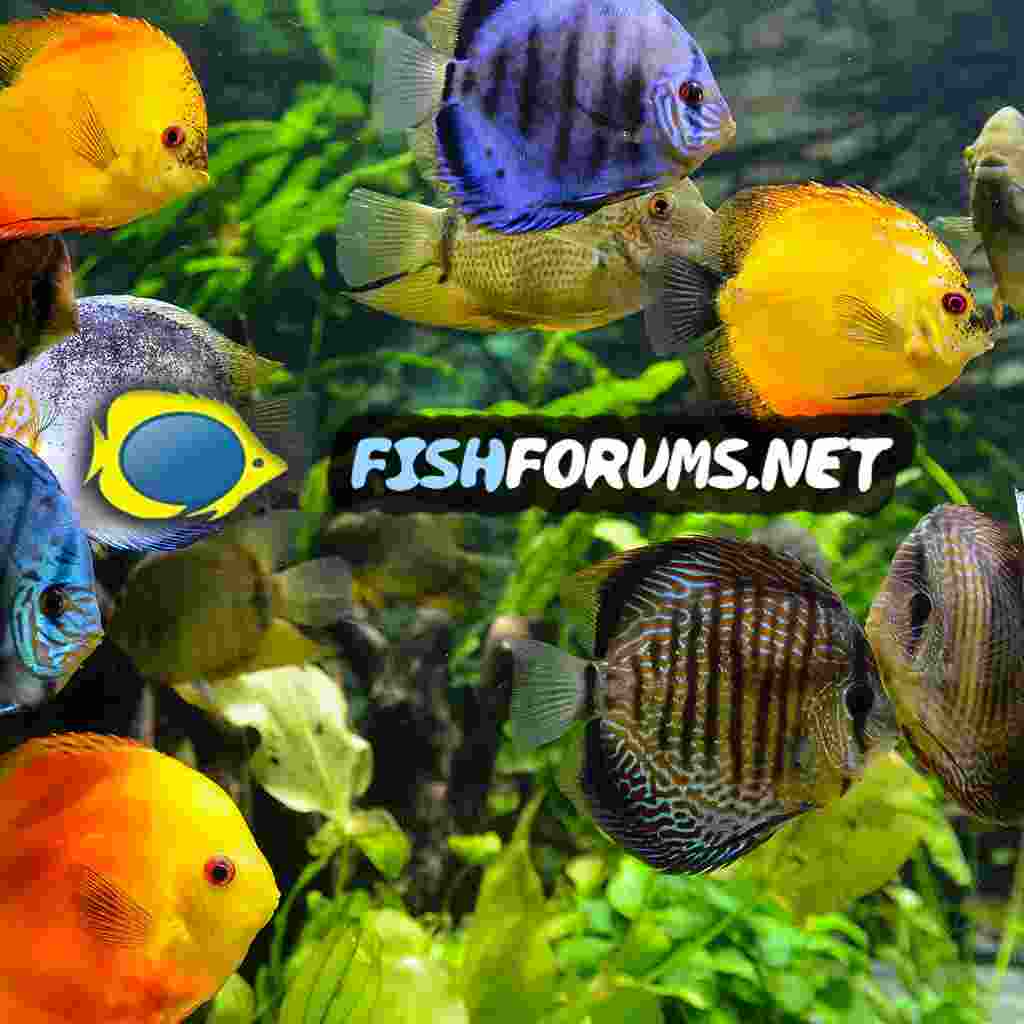Anyway, after I sell most of my current fish I want to get get new fish.
Tank is 55 gallons (4ft) and very heavily planted.
Now these are the fish I have and am keeping/want to have.
- 6 dwarf chain loaches
- 10 sterbai cory
- 6 otocinclus
- 3 bristlenose
- 10 ember tetras
- 8 kuhli loaches
- 6 female fighting fish
- 17 guppies
Already have guppies, corys, kuhli loaches, and bristlenose.
Will add new fish as I sell other fish so that there isn’t too much beneficial bacteria die off as I reduce the population. Eg. I sell my angelfish and then I replace the 6 large angels with 10 ember tetras the next day. Or I sell the 2 bristlenose and then get the 6 dwarf chain loach.
Also this would be going down from 109 fish to 66 fish. Might try to find 4 more to make it 70 though. Anyway, bio load isn’t an issue. In this tank I only do 10-20% monthly water changes. The water is always perfect (0 ammonia and nitrite, always less than 10ppm nitrate).
So is this good stocking for that sized tank?
Tank is 55 gallons (4ft) and very heavily planted.
Now these are the fish I have and am keeping/want to have.
- 6 dwarf chain loaches
- 10 sterbai cory
- 6 otocinclus
- 3 bristlenose
- 10 ember tetras
- 8 kuhli loaches
- 6 female fighting fish
- 17 guppies
Already have guppies, corys, kuhli loaches, and bristlenose.
Will add new fish as I sell other fish so that there isn’t too much beneficial bacteria die off as I reduce the population. Eg. I sell my angelfish and then I replace the 6 large angels with 10 ember tetras the next day. Or I sell the 2 bristlenose and then get the 6 dwarf chain loach.
Also this would be going down from 109 fish to 66 fish. Might try to find 4 more to make it 70 though. Anyway, bio load isn’t an issue. In this tank I only do 10-20% monthly water changes. The water is always perfect (0 ammonia and nitrite, always less than 10ppm nitrate).
So is this good stocking for that sized tank?





